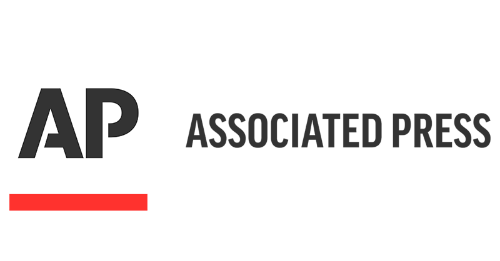WASHINGTON (AP) — The elite Russian hackers who gained access to computer systems of federal agencies last year didn’t need to painstakingly break one-by-one into the networks of each department in order to cause havoc.
Instead, they got inside by sneaking malicious code into a software update pushed out to thousands of government agencies and private companies.
That hackers were able to exploit vulnerabilities in the supply chain to launch a massive intelligence gathering operation wasn’t especially surprising. U.S. officials and cybersecurity experts have sounded the alarm for years about a problem that has caused havoc, including billions of dollars in financial losses, while also defying easy solutions from the government and private sector.
“We’re going to have to wrap our arms around the supply-chain threat and find the solution, not only for us here in America as the leading economy in the world, but for the planet,” William Evanina, who resigned last week as the U.S. government’s chief counterintelligence official, said in an interview. “We’re going to have to find a way to make sure that we in the future can have a zero-risk posture, and trust our suppliers.”
In general terms, a supply chain refers to the network of people and companies involved in the development of a particular product, not dissimilar to a home construction project that relies on a contractor and a web of subcontractors. The sheer number of steps in that process, from design to manufacture to distribution, and the different entities involved give a hacker looking to infiltrate businesses, agencies and infrastructure numerous points of entry.
To read the full article from AP News, please click here

